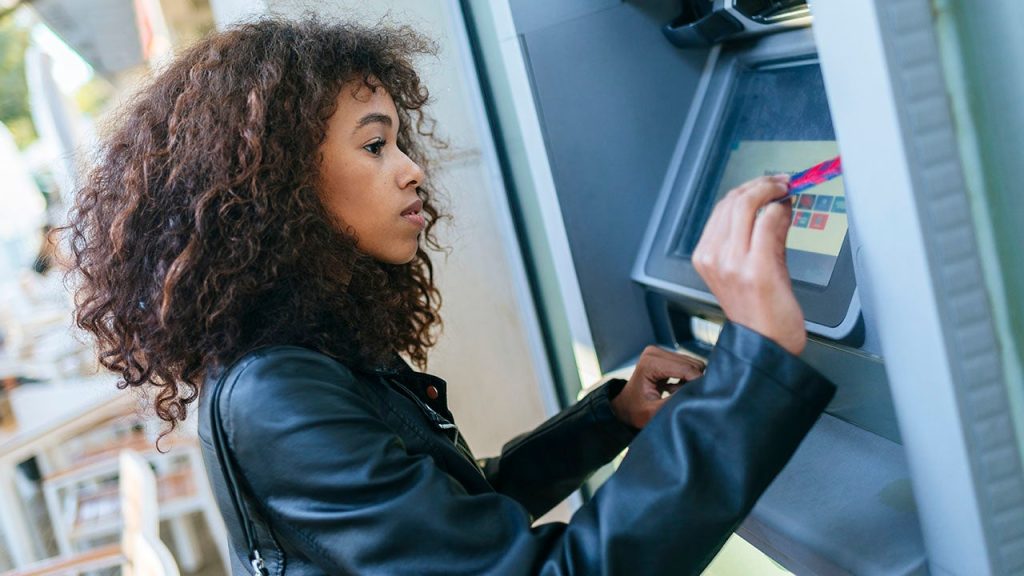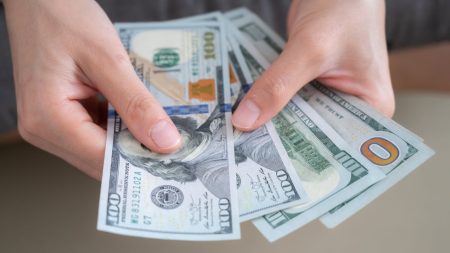Photography by Getty Images
Key takeaways
-
Cash advances on credit cards come with high fees and interest rates, making them a costly option.
- Interest rates on cash advances are often much higher than regular credit card rates and start accruing immediately.
- It is best to explore alternatives, such as emergency funds or borrowing from friends or family, before taking out a cash advance.
Getting access to cash in a pinch can be daunting, especially if you don’t have enough in your checking account to cover an emergency. One way to quickly obtain some cash is by taking out a cash advance on your credit card.
But beware: A cash advance is not free cash. Odds are, your cash advance will be a hefty expense. Luckily, there are alternatives available that can save you money.
What is a cash advance?
A cash advance is a short-term cash loan borrowed against a credit card’s limit. Similar to how you repay purchases made with a credit card, you must also pay back the money borrowed with a cash advance.
However, the interest rate for borrowing money from a cash advance is often significantly higher than the interest rate on regular credit card purchases. Additionally, most issuers impose a cash advance fee — often 3 to 5 percent of the transaction amount.
Cash advance interest rates
The interest rate on a cash advance will likely be significantly higher than your regular purchase APR (often close to 30 percent variable). There is also no grace period for cash advance interest rates, so you’ll start accruing this inflated interest immediately.
To figure out your card’s cash advance interest rate, look at its terms and conditions within the Schumer Box, an easily scannable table that lists your card’s important information. The info you find in the Schumer Box includes your card’s regular APR, penalty fees, late fees and your cash advance interest rate.
For example, let’s say the ongoing variable APR for a credit card is 11.99 percent to 22.99 percent, making it a relatively low-interest credit card. However, if you review the rates and fees in the fine print, you might see the APR for a cash advance is 24.99 percent to 29.99 percent variable, which is significantly higher than what you could expect from the average credit card interest rate.
Cash advance credit line
Your cash advance credit line is the maximum amount of cash you can take out on your credit card and is a percentage of your card’s total credit line, which depends on the credit card and issuer. Remember, you’re using a portion of your credit card’s normal credit line when you take out a cash advance, so those funds are not available to make purchases until you pay it back down.
How to withdraw a cash advance
The process of initiating a cash advance is relatively straightforward and can be done in a few ways. Here’s how:
- If you have a credit card with a PIN, you can use the PIN to withdraw cash from an ATM (subject to ATM fees).
- If your credit card issuer has physical branch locations, you can request a cash advance from a teller inside.
- If you have access to checks via your card issuer, you can write out a check to yourself and cash or deposit it as needed.
Money tip:
In addition to higher interest rates on cash advances, your card issuer starts charging interest on the cash advance amount immediately.
Pros and cons of cash advances
Pros
- Cash advances can provide funds immediately when you’re in a tight spot.
- No credit checks or underwriting are needed,
Cons
- Cash advance APRs are often very high.
- Interest begins accruing immediately, so there’s no grace period to rely on.
- Your available credit limit goes down and utilization goes up, which can impact your credit score.
- Cash advances can be a red flag to card issuers, which could affect your future approvals or credit limits.
Should you do a cash advance?
You should only consider taking out a cash advance in emergencies. Getting a cash advance is preferable to taking out a predatory payday loan, but it’s still best to explore potentially more cost-effective alternatives. Here are a few alternatives to contemplate before getting a cash advance:
- Charge it to your credit card. If you can use your credit card for the expense, your APR will likely be lower, and you’ll get the benefit of a grace period for a little wiggle room. You may pay a surcharge, but it’s likely much cheaper than any interest you’ll pay for a cash advance.
- Dip into an emergency fund. If you have a bit of extra cash saved up, it’s better to dip into those emergency funds first, rather than use a cash advance.
- Borrow from a friend or family member. You could skip out on inflated interest costs altogether by borrowing from friends and family if they have the means.
- Look into local organizations. Local community centers, nonprofits or religious organizations may have the capacity to help in times of financial crisis.
It may not be possible to avoid a cash advance altogether. If you have to get a cash advance, try to take out as little as possible and craft a plan to start paying it back immediately to minimize long-term costs.
The bottom line
In general, avoid taking out a cash advance. That said, this small loan can be a viable option in a financial emergency.
Before you immediately jump to taking out a cash advance, try dipping into an emergency fund or borrowing money from a friend or family member. Exploring other lower-cost options, such as opening a 0 percent intro APR credit card if you need to pay off debt without interest, will most likely save you money over time, so be aware of your choices when considering a cash advance.
Frequently asked questions about cash advance
Why we ask for feedback
Your feedback helps us improve our content and services. It takes less than a minute to
complete.
Your responses are anonymous and will only be used for improving our website.
Help us improve our content
Read the full article here









